
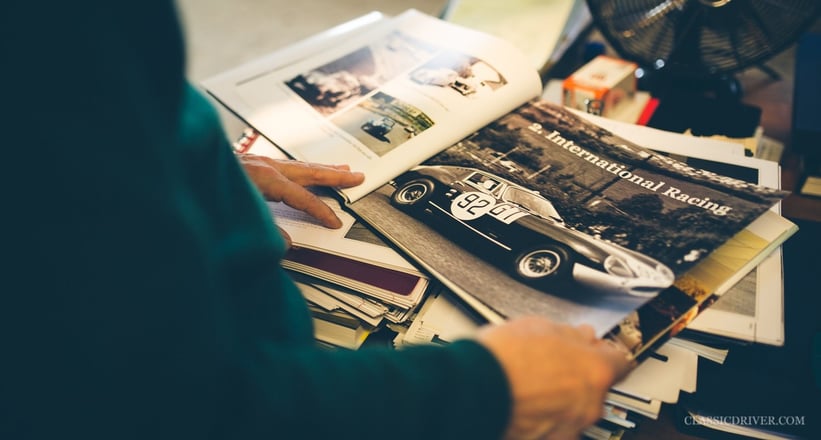
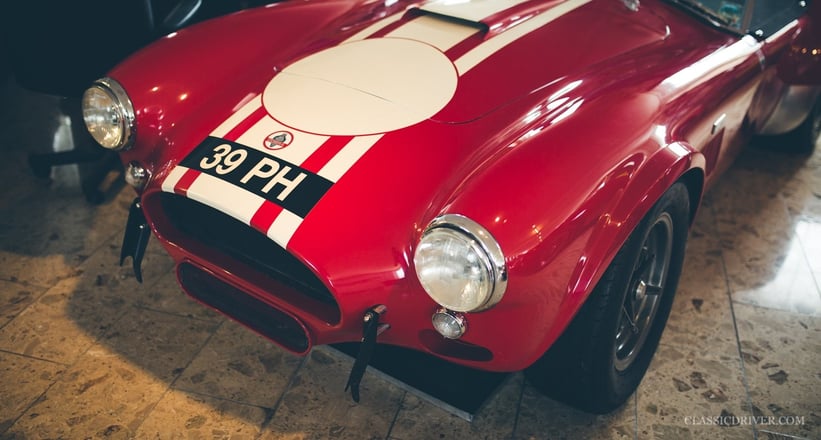
The third baronet of England’s Vestey baronetcies, Sir Paul Vestey bought his very first Ferrari, a 250 GT ‘Short Wheelbase’, at the tender age of 21. Over the following four years, racing as a privateer, he shared the racetracks of Europe with the likes of Jacky Ickx, Derek Bell, Jo Siffert, and Brian Redman, campaigning a plethora of exotic cars — more often than not adorned with a Prancing Horse emblem — and scoring a number of successes.
Perhaps the car of which Vestey was most fond was this very Ferrari 275 GTB Competizione, which he bought from Maranello Concessionaires shortly after its class win at Le Mans in 1966, raced successfully, sold, and then, subsequently rebought from America in the 1980s. Its current stablemates include an ex-John Willment AC Cobra ‘39 PH’, the very first Jaguar E-type to win a race, a Ferrari 250 GT California Spider modified by its original owner to look like a Testa Rossa, and, the crowning jewel, a Ferrari 250 GTO. Needless to say, we took the long way to the local pub for lunch…

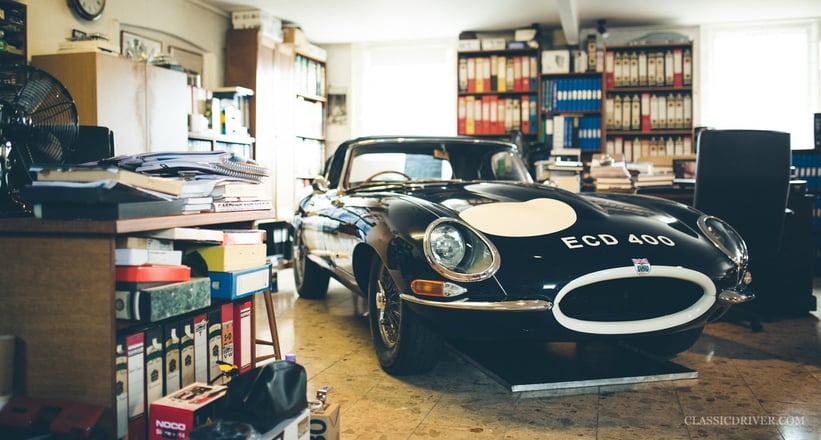
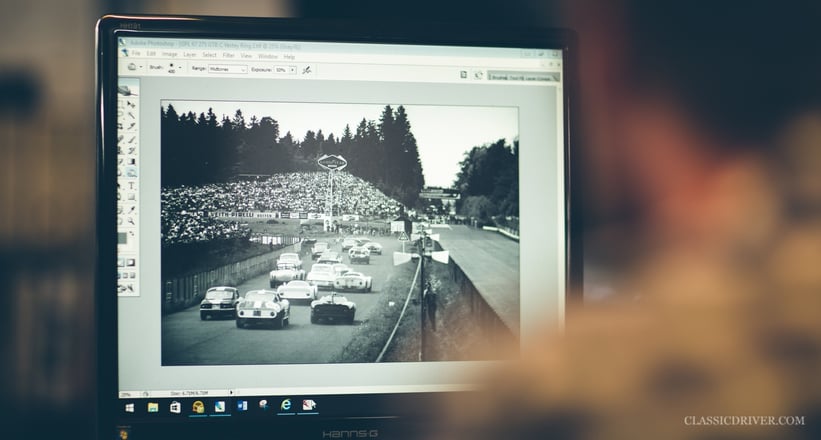
Have you always been interested in cars?
Oh yes, I’ve always been car mad, much to my parent’s dismay — the only car my father thought was worth having was a Rolls-Royce. Driving was so much more attractive in those days. There wasn’t nearly as much traffic, for starters, and cars were just much cooler. If you turned up somewhere in your E-type, you couldn’t go far wrong.
What was your first car?
My first car was a Land Rover 80”. My father gave it away in the end, because the local gamekeeper blew it up. I don’t think I’ve ever been so disappointed. Then, much like many others, I went on to a Mini, which I used to drive like a Formula 3 car on the road. I did a couple of sprints in that car, so I suppose that was my first foray into motorsport.
So, that’s how you caught the motorsport bug?
I guess so! I then bought a Lotus Elite, which I thought was the coolest bit of design. And, actually, it was very good, other than the smell of resin and the intense vibrations at all times. We spent some money making it a bit more racy, which, in hindsight, just turned it from a good road car to a bad road car and then a slow racing car. That’s when I discovered that other people drove like maniacs on racetracks. There was a bloke called Norman Surtees — who certainly said he was John’s brother — and I remember him leaving me for dead at Brands Hatch one time. At that point, I had to go to South America and learn about the family business, which didn’t take very long…
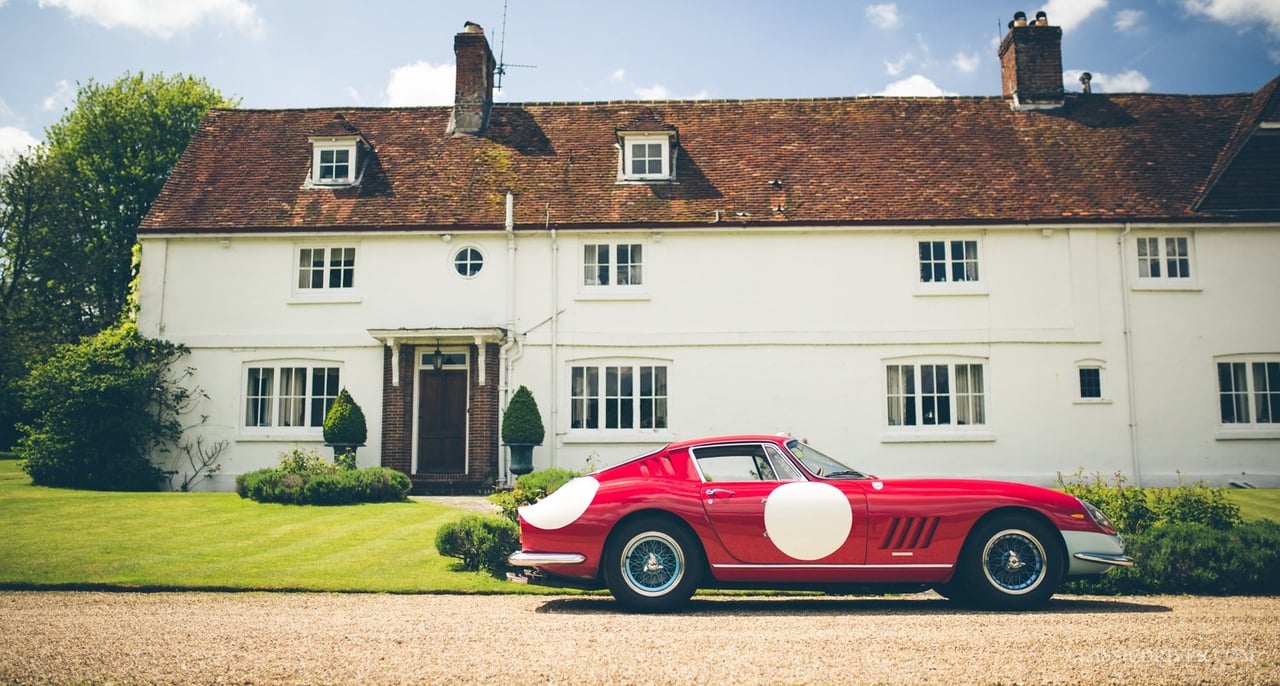
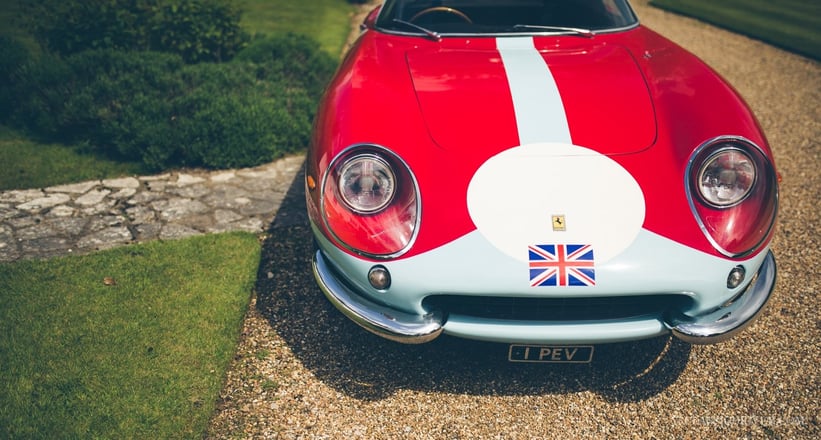
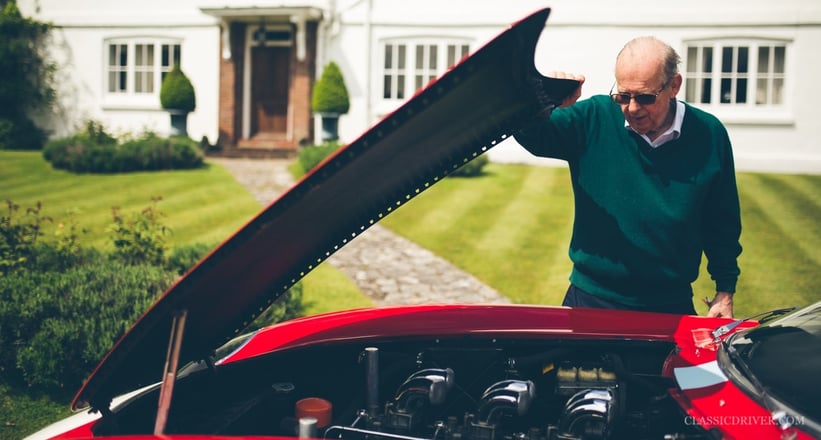
And when you returned?
I bought a Jaguar E-type and raced it for 18-odd months. We won at various events across the country, so I thought I might as well do it properly and bought a Ferrari. I’d gotten to know Ronnie Hoare because I’d bought a steel-bodied 250 GT ‘SWB’ off him for the road, so I part-exchanged that for the ex-Maranello Concessionaires 275 GTB Competizione, which had just won its class at Le Mans, and we went straight to Paris for the 1,000km race. It seemed like a good idea in those days, because there weren’t many entrants in the GT class and you had a solid chance of finishing and winning some good prize money.
How easy was it to secure entries into these big races?
Le Mans was always difficult because, even then, it was ‘the big race’. But if you had a car the organisers liked the look of, you could get into most other races. In fact, I can’t remember ever being refused entry. With the 275, I went to Paris, Monza, Spa, the Nürburgring, and Mugello — then I bought a 250 LM and it all went downhill.
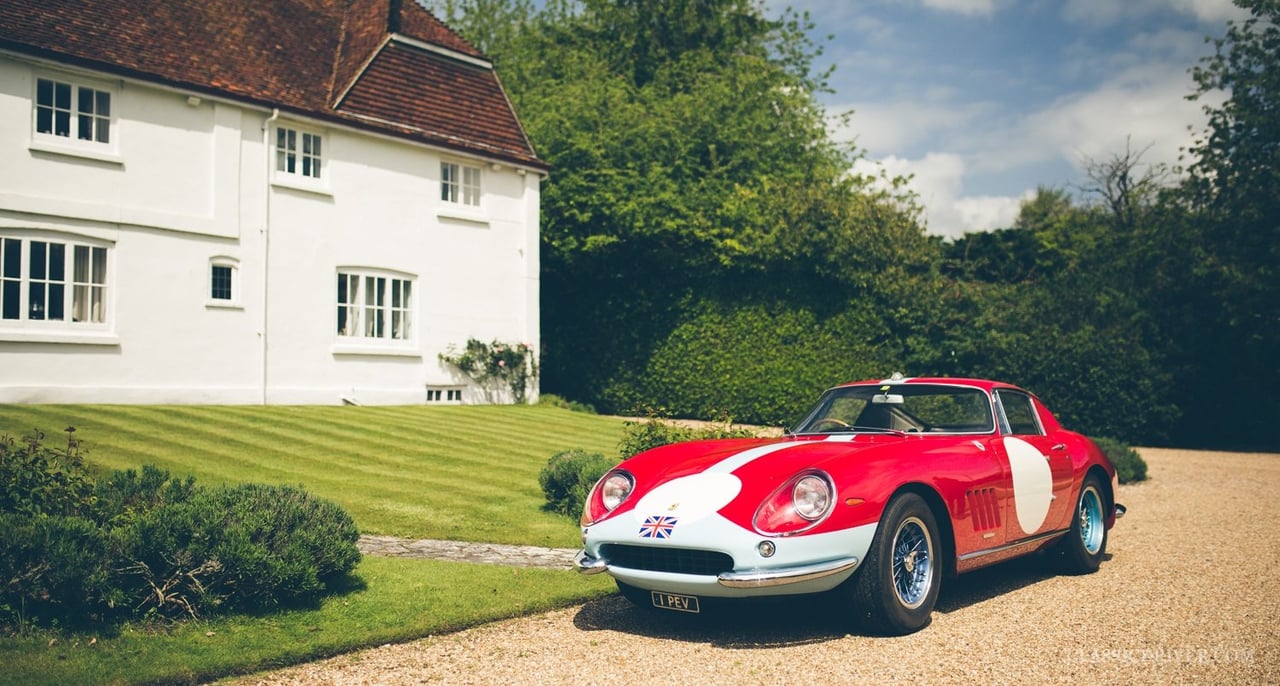
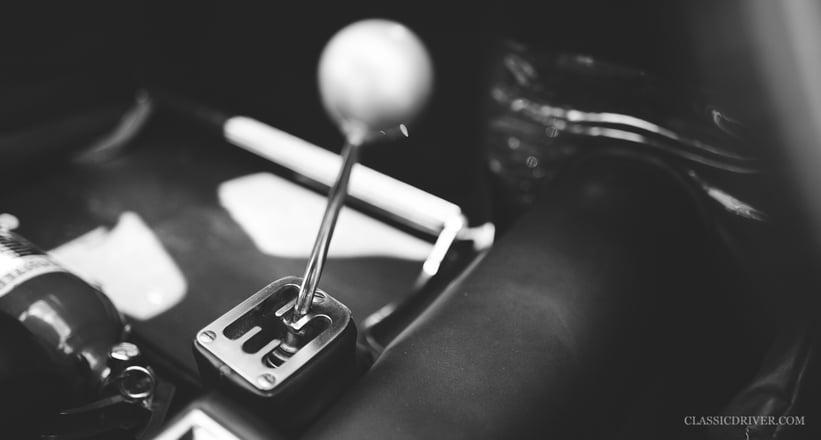
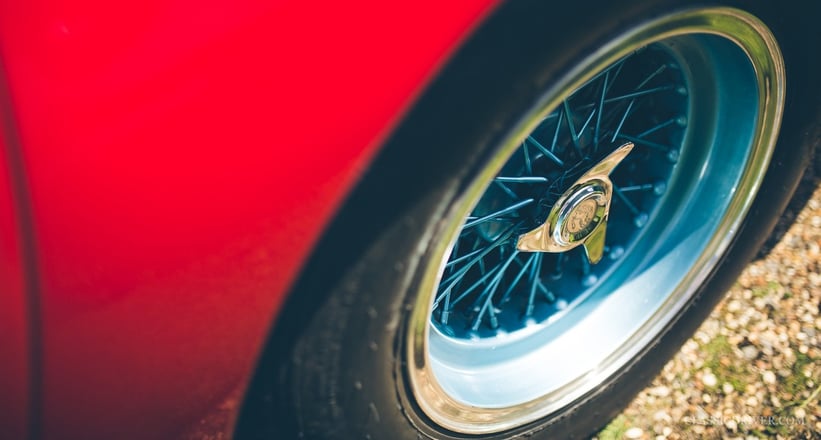
How did the 250 LM compare to the GTB?
I hated the bloody thing. We just couldn’t get the brakes to work — it was the only real unsuccessful car I ran. One of the two I owned ended up over a cliff at the Targa Florio, thanks to David Piper. The steering fell apart on the second lap and he hit a kilometre post and rolled 50 feet down a ravine. He was upside down when he landed, and I’m still not sure how he got out.
A farmer came out to see if he was ok, but he was obviously a bit shaken. The farmer asked if he’d like something to eat and drink, so he said yes. After a while without food, he asked the farmer if he was going to eat anything, to which he replied he had nothing left! The locals saw an opportunity and pinched all the instruments and even the seatbelts.
What attracted you to the Ferrari brand?
I’d been watching Stirling Moss drive the 250 GT ‘SWB’ in the Tourist Trophy for one thing, but also, they just worked. You couldn’t believe how hopeless other cars were at the time — even the E-type would struggle to finish longer races. Ferraris were the only cars that you could guarantee would finish, which was handy as a private entrant, because you simply couldn’t afford a car that went wrong all the time.
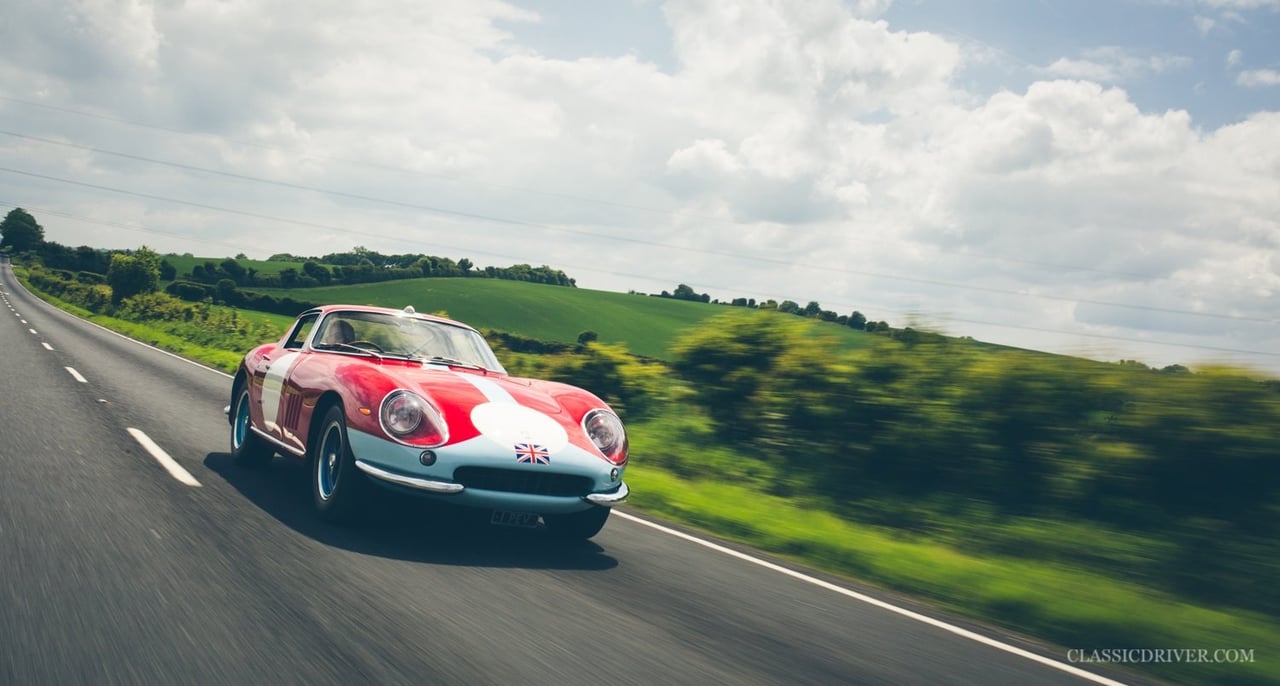
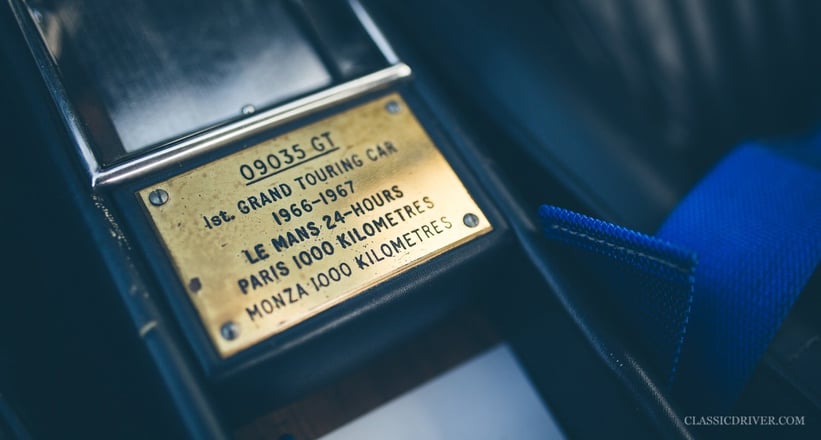
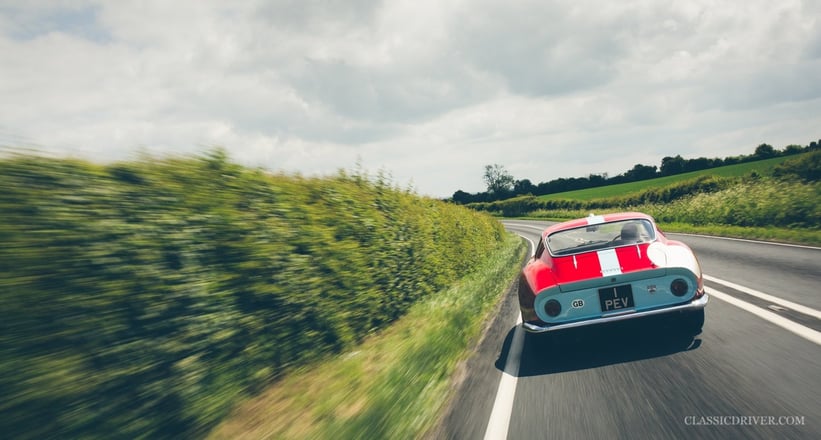
And was there a reason for your signature dark blue liveries?
I think it was seeing Rob Walker’s cars all the time.
What was your most memorable race?
Monza with the 275 was very memorable. We struggled so badly with the spokes on the rear wheels, which kept breaking and slowing us down. When all the spares suffered the same fate, I thought, why not put the front wheels on the back? They lasted fine and, while we didn’t finish that high up overall, we won our class, which was important.
Did you realise at the time that you were racing in what is now considered to be the golden era of motorsport?
I think we probably did, yes, but we never thought it would stop. I raced entirely for the enjoyment and, hopefully, to do quite well along the way. Racing back then wasn’t too bad, because privateers got lots of start and prize money. If you didn’t have any accidents, you could survive. I think after the first two races with the 275, we’d made enough money to pay for half of the car.
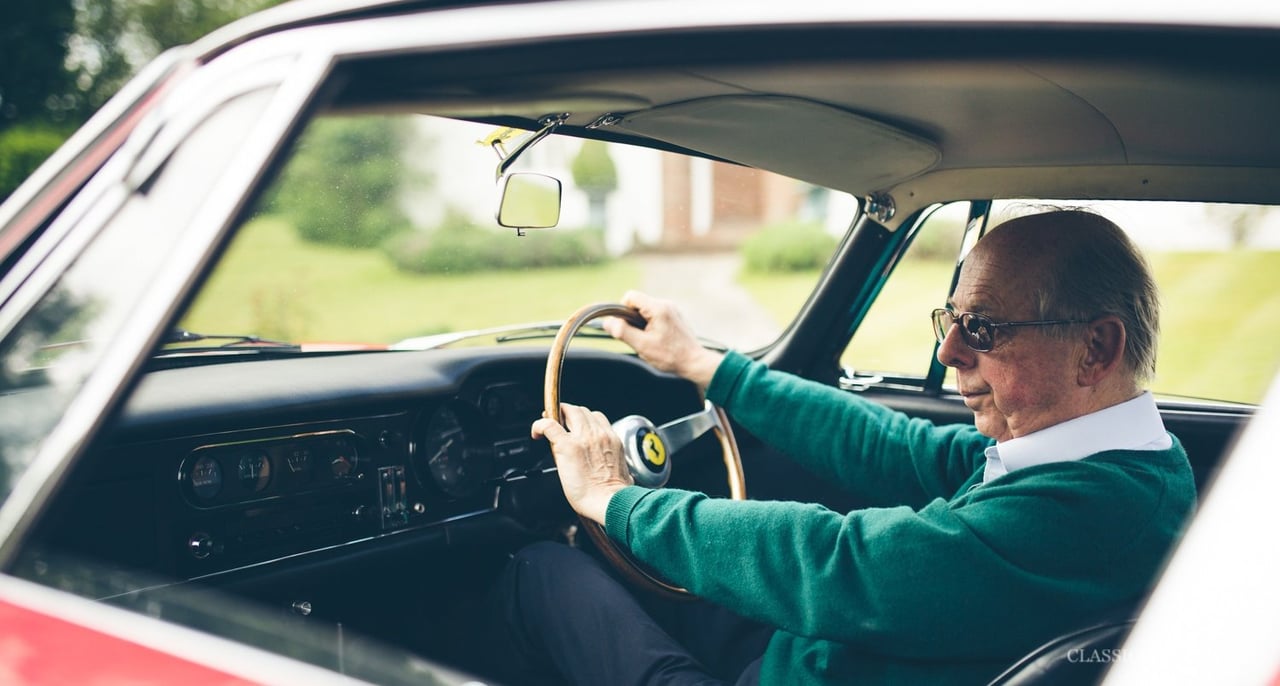


Did you have any bad accidents?
The worst accident I had was at the Nürburgring, when some prat in a Porsche 907 jammed on his brakes on the straight and started waggling his steering wheel around. I was in a Porsche 910 and should’ve just driven into the back of him, but instead, I braked, swerved, and ended up going through lots of catch fencing. I was all right, but the car was a bit of a mess.
What were your favourite circuits at which to race?
The circuits in those days were just fantastic. I drove a Ford GT40 Le Mans in 1969 and it was magnificent. The old Spa was also phenomenal. The first time I drove there in the wet was during practice in a GT40. I was driving along and suddenly felt myself rising upwards in the car and feeling a bit chilly. Those cars had those rings in the seat, and it turned out the car was filling up with water. The old Mugello road circuit was the best in the world, though — it was literally 40 miles of spectacular mountain passes.
Why did the racing come to an end?
After Le Mans in 1971, it all got much more expensive. It seemed like, at one race there were lots of people in blazers, drinking champagne and offering lots of prize money, and then, at the next, they were gone. It was time to do something else — so I got married, started a family, and started buying some old cars.
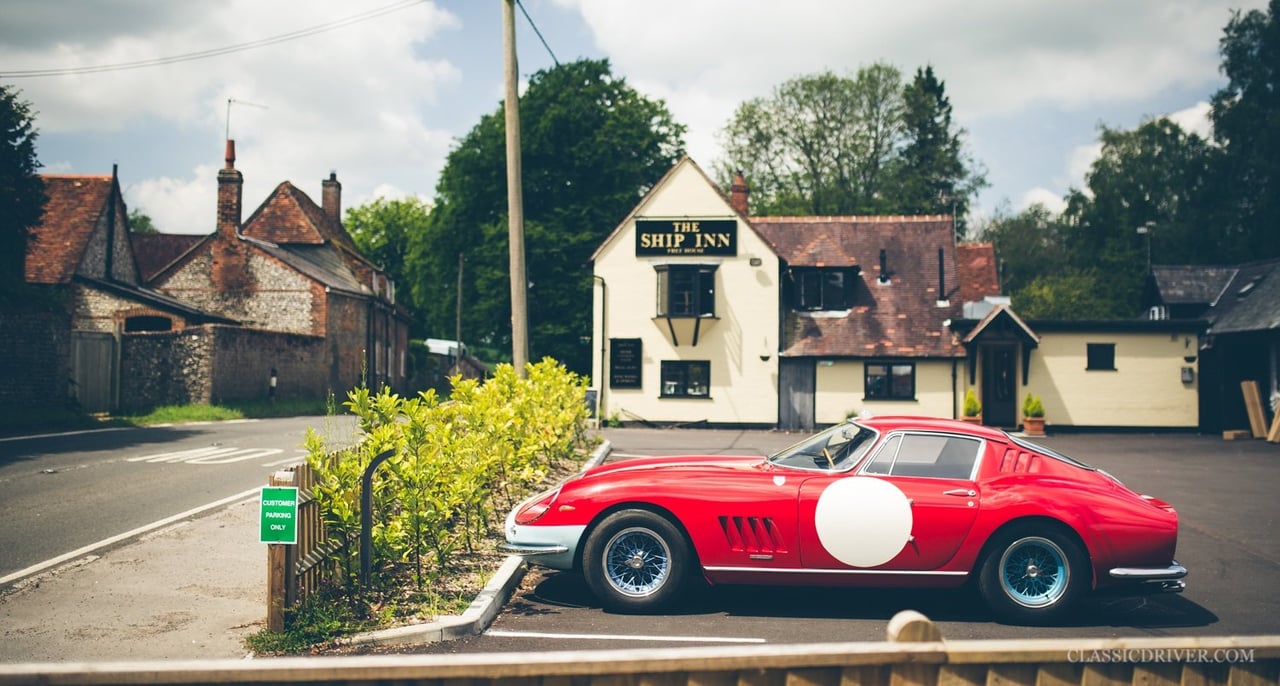

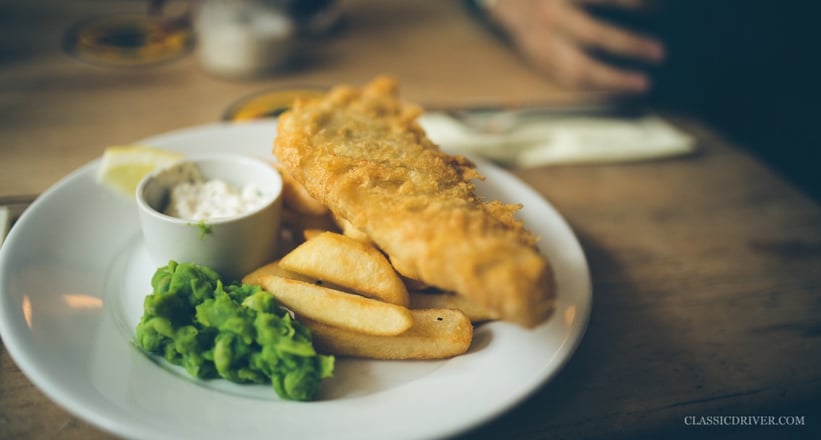
How did you come about the 275 once again?
I was with a friend who was buying a car from a man in Texas in the 1980s. The man turned to me and said in the coarsest American accent, “I’ve got this Pierre Courage car.” He had no idea what it was, so I got it for a good price. It looked quite drab, but it didn’t need a lot of work. Unusually for these GTB Competiziones, it’s not had any major damage. The old girl seems to have soldiered on. It’s amazing to think we raced it with all the creature comforts. There was a nice moment at Mugello when I’d broken the rear suspension and stopped, soon after which David Piper pulled up in a limping Porsche 906. I pulled out my cigarettes, he pulled out his pipe, and we lit them with the cigar lighter in the car.
What’s your go-to car for a Sunday drive?
It depends on how I’m feeling, really. The E-type’s more svelte, but the Cobra’s perfect if you’re feeling naughty and want to really go for it. And if the roads are just right, the GTO is the most racy. It’s my pride and joy, without any doubt — not just because of the value but because it’s such a wonderful thing. I’ve had it for 36 years and it’s never failed to go.
Photos: Tom Shaxson for Classic Driver © 2017
















































